Home·Property Management·How Much Down Payment for an Apartment Building?
Strategies for Managing Down Payments and Related Costs
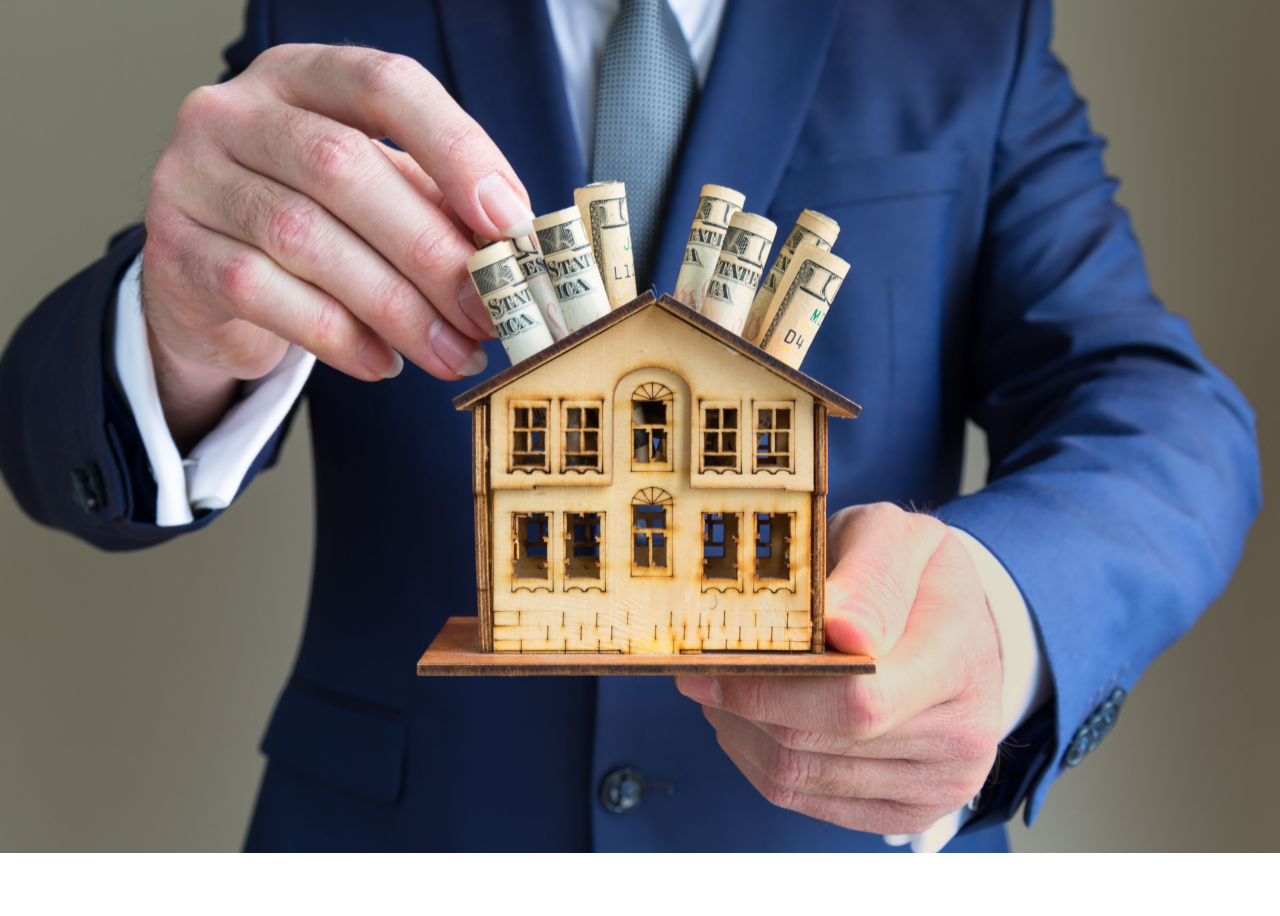
How Much Down Payment for an Apartment Building?
How much down payment do you need for an apartment building? It’s a common question for real estate investors eager to expand their portfolios. Down payments for apartment buildings usually range between 20% and 30%, but the exact amount depends on factors like your credit score, property type, and financing options.
Understanding how these elements influence your upfront costs is crucial for smart investment planning.
In this article, you’ll learn the key factors affecting down payment requirements, tips for creative financing, and strategies to make your investment more affordable. Whether you’re a first-time investor or looking to scale up, this guide will help you navigate the financial hurdles of multifamily real estate.
Key Takeaways
-
Down payments for apartment buildings usually range from 20-30% of the purchase price
-
Your credit score and the property’s value impact down payment requirements
-
Creative financing options can help you manage the upfront costs of buying an apartment building
Understanding Down Payments for Apartment Buildings
Down payments for apartment buildings are crucial for securing financing and getting a good deal. They impact your loan terms and monthly payments. Let’s explore the key aspects of down payments for multifamily properties.
Importance of a Sizable Down Payment
A larger down payment for an apartment building can lead to better loan terms. It shows lenders you’re committed and reduces their risk. This often results in lower interest rates and more favorable conditions.
Putting more money down also improves your cash flow. Your monthly mortgage payments will be smaller. This gives you a financial cushion for unexpected expenses or vacancies.
A big down payment can make your offer more appealing to sellers. In competitive markets, this could be the edge you need to win the deal.
Determining Your Down Payment Amount
The amount you’ll need for a down payment varies. It depends on the lender, property type, and your financial situation. Typically, you’ll need between 10% to 33% of the purchase price.
Conventional loans often require 20-25% down for apartment buildings. Government-backed loans might have lower requirements. FHA loans, for instance, may allow as little as 3.5-10% down.
Get a Free Multifamily Loan Quote
Access Non-Recourse, 10+ Year Fixed, 30-Year Amortization
Financing Options for Apartment Building Purchases
Getting the right financing is key for buying an apartment building. Let’s look at some common loan types and programs to help you fund your purchase.
Conventional Loans Versus Government-Backed Loans
Conventional loans are a popular choice for apartment buildings. These loans often need a down payment of 25-30%. They may have higher interest rates but offer more flexibility.
Government-backed loans can be easier to get. FHA and other government programs often have lower down payments and credit score requirements. But they may have more rules about the property and how you use it.
Each loan type has pros and cons. Your choice depends on your finances, the building’s condition, and your investment goals.
FHA Loan Benefits for Multifamily Properties
FHA loans can be a great option for first-time apartment building buyers. They allow for lower down payments, often as little as 3.5% for buildings with up to four units.
These loans also have more relaxed credit score requirements. This makes them perfect if you’re just starting out in real estate investing.
One big plus of FHA loans is that you can live in one unit and rent out the others. This can help you afford a larger multifamily property while building your real estate portfolio.
Exploring Freddie Mac and Fannie Mae Programs
Freddie Mac and Fannie Mae offer several loan options for apartment buildings. These programs can provide competitive rates and terms for qualifying properties.
Freddie Mac’s Small Balance Loan program is great for properties with 5-50 units. It offers apartment loans from $1 million to $7.5 million with fixed and adjustable rates.
Fannie Mae’s Multifamily Mortgage Business provides loans for larger apartment complexes. They offer flexible terms and competitive pricing for qualified borrowers.
Both programs have specific requirements for the property’s condition and financial performance. Make sure to check if your target property meets these criteria.
How Much Down Payment for an Apartment Building?
How much down payment for an apartment building is typically 20-30% of the purchase price. This means you’ll need a hefty sum saved up before diving into multifamily investing.
Let’s break it down. For a $1 million apartment complex, you’re looking at a down payment of $200,000 to $300,000. That’s a big chunk of change!
Think creatively about funding. You could use:
-
Personal savings
-
Investors
-
Home equity
Remember, a larger down payment often means better loan terms. It’s a balancing act between what you can afford now and long-term savings.
Factors Affecting Mortgage Terms and Payments
Your down payment isn’t the only thing that impacts your mortgage. Several other factors play a big role in shaping your loan terms and monthly costs. Let’s look at some key elements that can make a big difference in your apartment building financing.
How Credit Score Impacts Loan Eligibility
Your credit score is super important when getting a loan for an apartment building. It’s like your financial report card. A high score can open doors to better deals. Lenders see you as less risky if your score is good.
With a high score, you might get:
-
Lower interest rates
-
More loan options
-
Higher loan amounts
A low score can make things harder. You might face:
-
Higher interest rates
-
Fewer loan choices
-
Smaller loan amounts
Aim for a score above 700 to get the best deals. If your score needs work, try paying bills on time and lowering credit card balances.
Understanding Mortgage Insurance Premiums
Mortgage insurance protects the lender if you can’t pay your loan. It’s often needed if you put down less than 20% on your apartment building.
Here’s what you should know:
-
It adds to your monthly costs
-
The amount depends on your down payment and loan type
-
You might be able to cancel it later
A bigger down payment can help you avoid this cost. If you can put 20% or more down, you might not need mortgage insurance at all. This can save you a lot of money over time.
The Relationship Between Loan Term and Interest Rate
Your loan term is how long you have to pay back the loan. It affects both your interest rate and monthly payment.
Shorter terms usually mean:
-
Lower interest rates
-
Higher monthly payments
-
Less total interest paid over time
Longer terms often have:
-
Higher interest rates
-
Lower monthly payments
-
More total interest paid over time
Choose a term that fits your budget and goals. A 15-year loan might save you money overall, but a 30-year loan could give you lower monthly payments. Think about your cash flow needs and long-term plans when deciding.
Strategies for Managing Down Payments and Related Costs
Financing an apartment building requires careful planning and consideration of various factors. You’ll need to balance cash flow, appraisals, and associated costs to make a smart investment.
Assessing the Role of Cash Flow in Financing
Cash flow is key when buying an apartment building. You need to show lenders that the property can generate enough income to cover the mortgage and operating expenses. Net operating income is a crucial metric lenders use to evaluate your loan application.
To improve your chances of approval, focus on properties with strong rental income potential. Look for buildings in desirable areas with high occupancy rates. Consider ways to boost income, like adding amenities or upgrading units.
Keep in mind that lenders typically want to see a debt service coverage ratio of at least 1.25. This means the property’s net operating income should be 25% higher than your annual mortgage payments.
The Impact of Appraisals on Financing
Appraisals play a big role in determining how much you can borrow. Lenders use the appraised value to calculate the loan-to-value ratio (LTV). A higher appraisal can lead to a lower down payment requirement.
To get the best appraisal:
-
Choose properties in good condition
-
Highlight recent improvements or renovations
-
Provide comps of similar buildings that have sold recently
Remember, different loan types have varying down payment requirements. Conventional loans might ask for 20-25% down, while FHA loans could require as little as 3.5%.
Navigating Closing Costs and Prepayment Penalties
Don’t forget about closing costs when budgeting for your apartment building purchase. These can add up to 2-5% of the loan amount.
Common closing costs include:
-
Appraisal fees
-
Loan origination fees
-
Title insurance
-
Attorney fees
To manage these costs, you can:
-
Negotiate with the seller to cover some closing costs
-
Shop around for the best loan terms
-
Consider rolling closing costs into the loan amount
Watch out for prepayment penalties in your loan agreement. These fees can make it costly to refinance or sell the property early. If possible, try to negotiate a loan without prepayment penalties or with a shorter penalty period.
Frequently Asked Questions Down Payment for Apartment Complex
Are there options for financing an apartment building with no money down?
No-money-down options for apartment buildings are rare. You might find creative solutions like seller financing or partnering with other investors. These deals are not common and often come with higher interest rates or less favorable terms. Be prepared to put some money down in most cases.
What are the qualifications for obtaining an SBA loan to purchase an apartment building?
SBA loans for apartment buildings require good credit, typically above 680. You’ll need business experience and a solid business plan. The property must be mainly owner-occupied. SBA loans can offer lower down payments, sometimes as low as 10%, making them attractive for qualified buyers.
How does the down payment amount affect the profitability of owning an apartment complex?
A larger down payment reduces your monthly mortgage payments. This increases your cash flow and potential profits. It also gives you more equity in the property from the start. A smaller down payment means higher monthly costs but might allow you to buy a larger property.
Can you purchase an investment property with less than a 20% down payment?
You can sometimes buy an investment property with less than 20% down. FHA loans allow down payments as low as 3.5% for small multifamily properties (2-4 units). Keep in mind that lower down payments often mean higher interest rates and mortgage insurance.
What factors should be considered when deciding the down payment size for a rental property?
Consider your available cash, desired cash flow, and long-term investment goals. Look at interest rates for different down payment amounts. Think about your risk tolerance and how much equity you want in the property. Also, factor in renovation costs and emergency funds when deciding on your down payment size.
Down Payment for Apartment Building – Conclusion
Securing the right down payment for an apartment building is a pivotal step in your real estate journey. With typical requirements ranging from 20% to 30%, planning ahead is key to balancing affordability and long-term returns.
A larger down payment often leads to better loan terms and lower monthly costs, boosting your cash flow. However, creative strategies like leveraging FHA loans or partnering with investors can help manage upfront expenses.
Remember, factors like your credit score, property value, and local market conditions play significant roles in shaping your down payment needs. By preparing financially and exploring all your options, you can confidently move forward in your investment goals.
Source: Willowdale Equity
Get AAOA's Newsletter
Property Management News Categories
- Affordable Housing
- Collections
- COVID-19
- Eviction
- Fair Housing
- Financing
- Going Green
- Government
- Investing
- Landlord Forms
- Landlord Quick Tips
- Latest News
- Leasing
- Legal Brief
- Legal News
- Maintenance
- Make Extra Money
- Marketing Vacant Units
- Property Management
- Real Estate Investing
- Real Estate Trends
- Remodel and Repair
- Rent Magazine
- Security Deposit Alternatives
- Social Media
- Tax Tips
- Technology
- Tenant Screening
- Uncategorized

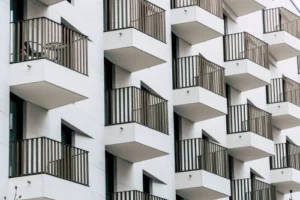
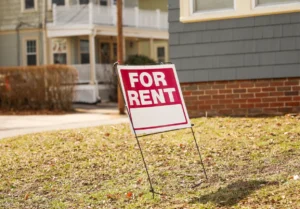

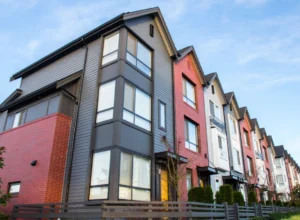

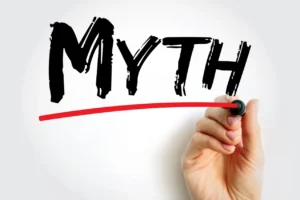
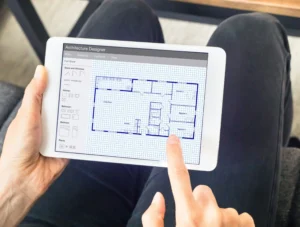





 Accessibility
Accessibility